The damages caused by a flow event depend on the quantity of material (debris, soil, mud) displaced. In the deposit areas, flows develop successive lobes and can spread on considerable surfaces. These are rapid phenomenon, thus they can be very dangerous for the infrastructures and the population. The socio-economic impact and the loss of life, property and agriculture can be catastrophic in the case of large flows through populated areas. In the case of channelized flows (debris flows), material often overflows the banks and interrupts roadway systems. The deposits are also responsible for severe indirect damages and hazards such as damming of rivers or sudden debris supply to river systems.


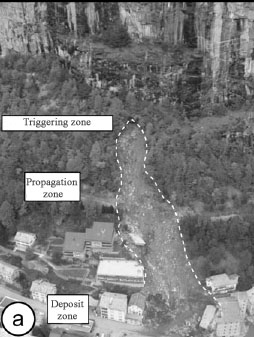
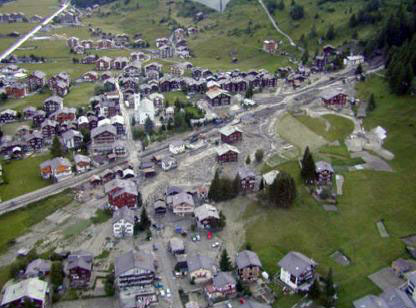
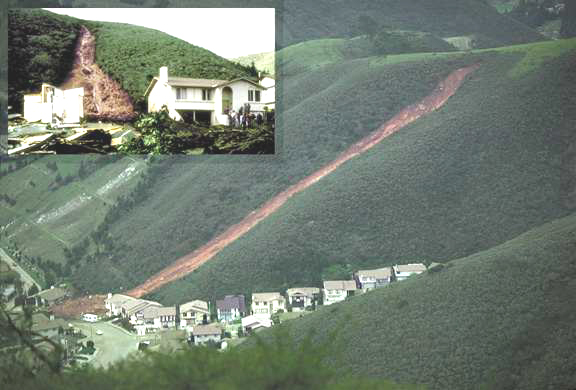
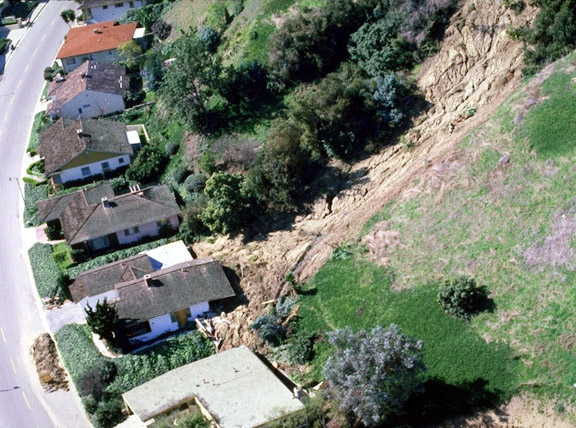

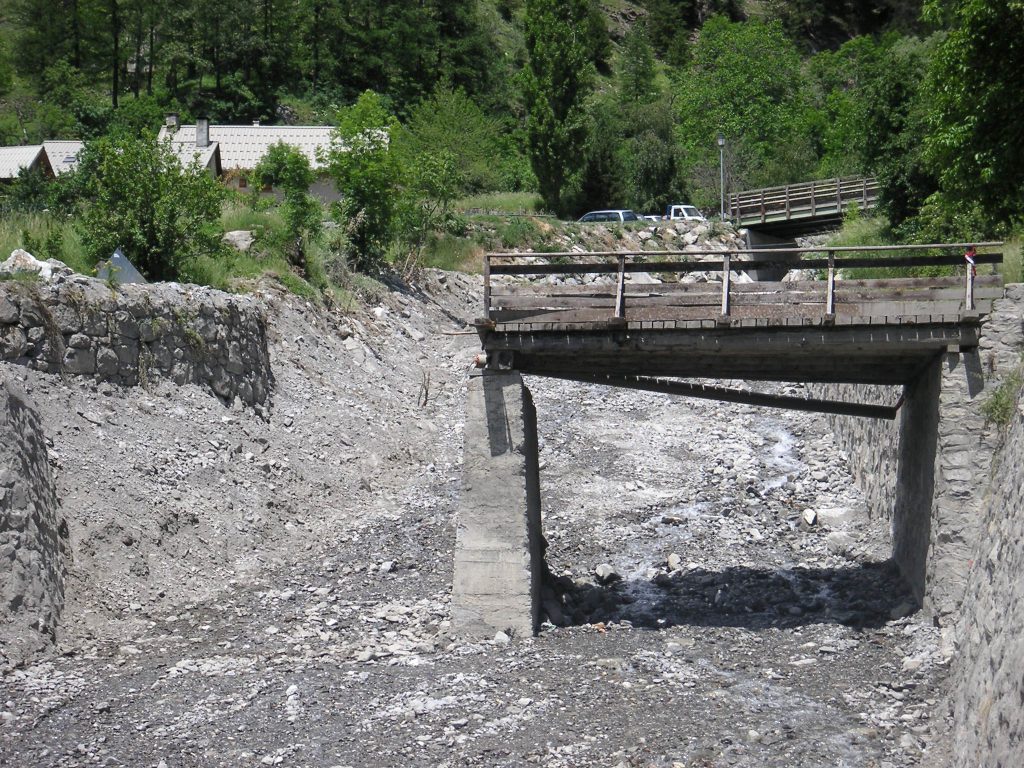

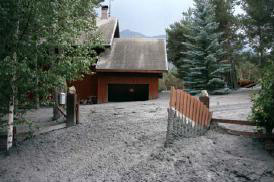


References:
ANCEY C., 2007. Notes de cours – Risques hydrologiques et aménagement du territoire. Laboratoire hydraulique environnementale, École Polytechnique Fédérale de Lausanne
LEONE F., ASTE JP., LEROI E., 1996. Vulnerability assessment of elements exposed to mass movements: working toward a better risk perception. In: Senesset K (Ed): Landslides, Proceedings of the 7th International Symposium on landslides, Balkema, Rotterdam
REMAITRE A., 2006. Morphologie et dynamique des laves torrentielles : Applications aux torrents des Terres Noires du bassin de Barcelonnette (Alpes du Sud). PhD Thesis: Laboratoire Geophen, Université de Caen/Basse-Normandie, 487 p.
SLOSSON E., KEENE A.G., JOHNSON J.A., 1992. Landslides/Landslide mitigation. In: Reviews of Engineering Geology, Volume IX, Colorado
Websites:
www.irma-grenoble.com
www.prim.net
Go to 5. What could be the consequences of LANDSLIDES?